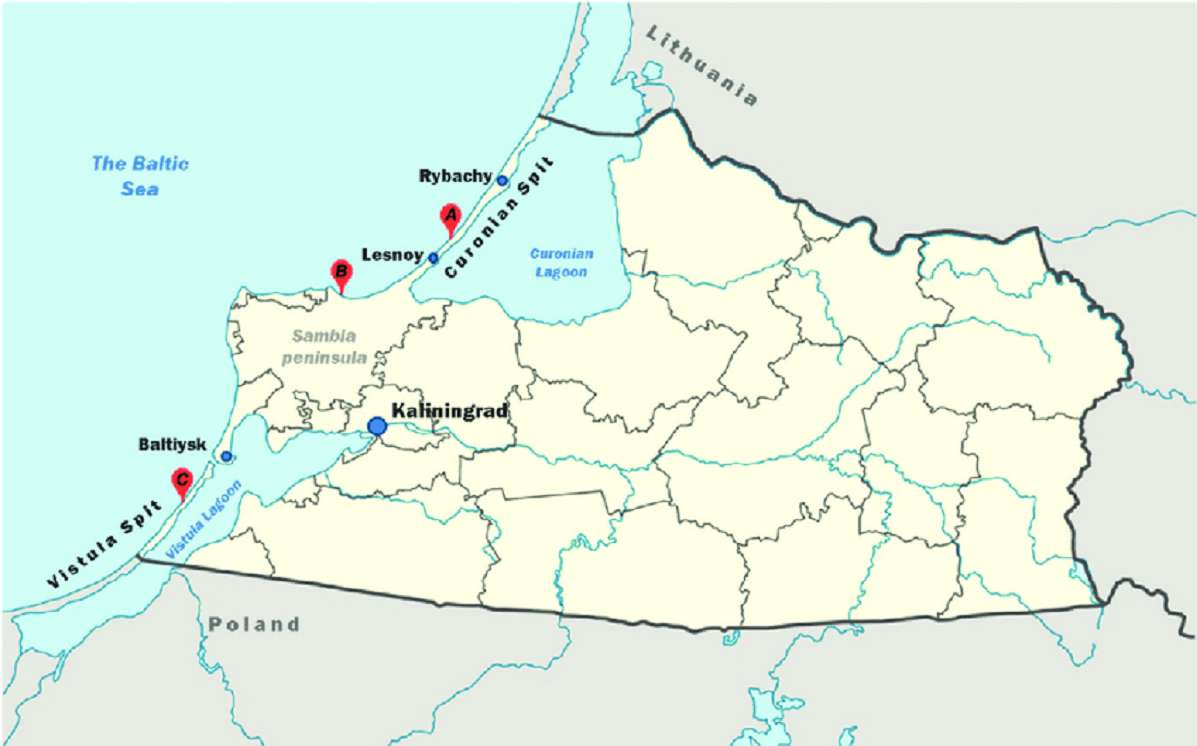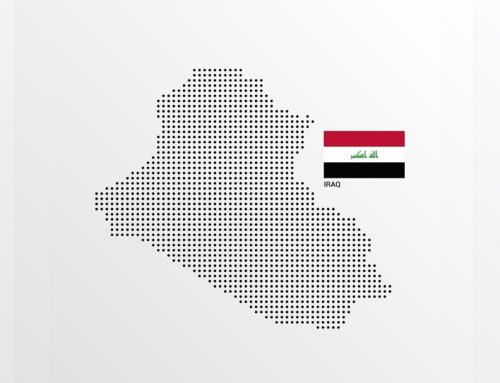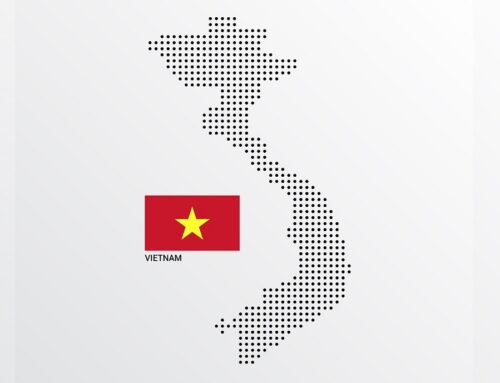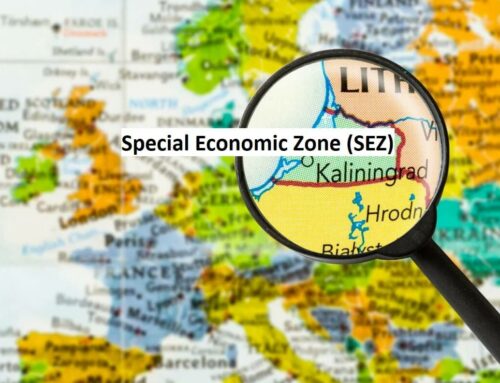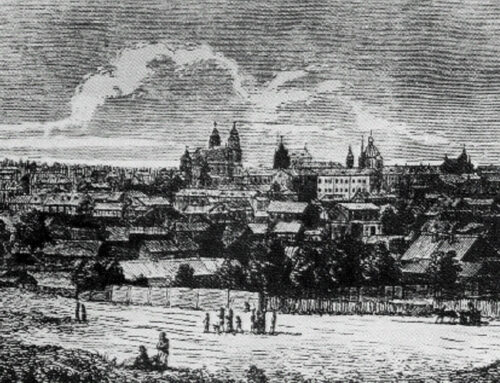The Kaliningrad Oblast is one of the 85 Russian federal subjects and although it has a limited extension (15.100 km2) and a population counting only 941.873 people [1], it plays a significant role in the geopolitical asset both of Russia and the European Union.
Situated between Poland and Lithuania and with a coastline along the Baltic Sea, the Oblast is territorially disconnected from the rest of the Russian Federation. Since its creation, it has seen the evolution of the status of its neighbouring countries, until Poland and Lithuania fully joined the European Union in 2004.
Although it has a certain degree of autonomy, the semi-exclave [2] is politically dependent on Russia: its political and economic decision-making process is limited, as most decisions are made at the central level [3]. The strict dependence is motivated by the crucial importance that the territory has to the Russian Federation since Kaliningrad has a maritime port that serves as the only warm-water port on the Baltic. Considering that the port of Saint Petersburg freezes during the winters, Baltiysk [4] contributes to the economy of the country, but, above all, it serves as a base for the Russian Baltic fleet [5].
The military importance of Kaliningrad is a factor that cannot be overlooked: after the collapse of the Soviet Union the number of troops in the Oblast has been shortened but it still remains one of the largest clusters of military units of the country [6]. Recently Russian media announced an expansion to the forces deployed there as consequence of the dramatic escalation of the conflict between Russia and Ukraine, bringing again to our attention the relevant military role of the region [7].
It is therefore clear the motivation of such special attention of Moscow in the region, which increased after the European enlargement of 2004. The Russian Federation feels threatened by Kaliningrad’s relation with neighbouring European countries because it is aware that the Oblast is an area with less than 70 years of historical tradition, created only for political reason [8]. The necessity to create a framework of legislation between the European Union and the Oblast and the intensive interactions between them, by virtue of its peculiar geographical position, make Russia scared of possible secessionism of this Baltic territory. Although separatist tendencies are actually emerging in the region, they are still marginal.
It is undeniable that the European Union continuously monitors this territory and we cannot help but note that the European institutions have found a Russian interlocutor with whom they can talk and trying to figure out whether there is room for the improvement of the relationship with the Russian Federation.
References:
[1] https://en.wikipedia.org/wiki/Kaliningrad_Oblast
[2] A semi-exlave is a portion of a state geographically separated from the main part by surrounding alien territory and an unsurrounded sea border.
[3] The Kaliningrad Oblast of the Russian Federation as a Geopolitical Wedge of Russia in Central and Eastern Europe: Regional, State and International Context. Żęgota K., 2017.
[4] Seaport town and the administrative center of Baltiysky District in Kaliningrad Oblast
[5] https://nationalinterest.org/blog/buzz/why-russia’s-kaliningrad-naval-base-poses-deadly-dilemma-nato-181501
[6] The Kaliningrad Oblast of the Russian Federation as a Geopolitical Wedge of Russia in Central and Eastern Europe: Regional, State and International Context, Krzysztof Żęgota, December 2017.
[7] https://nationalinterest.org/blog/buzz/fortress-kaliningrad-russia’s-baltic-fleet-now-has-mechanized-division-181499
[8] The Russian exclave of Kaliningrad. Challenges and limits of its integration in the Baltic region. Richard Y., Sebentsov A. and Zotova M., 2012.

